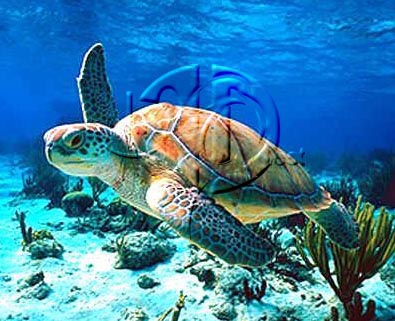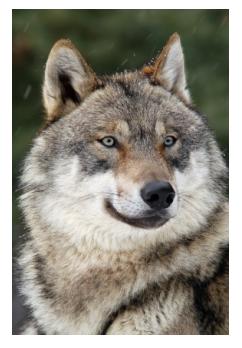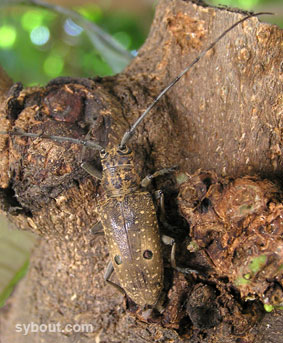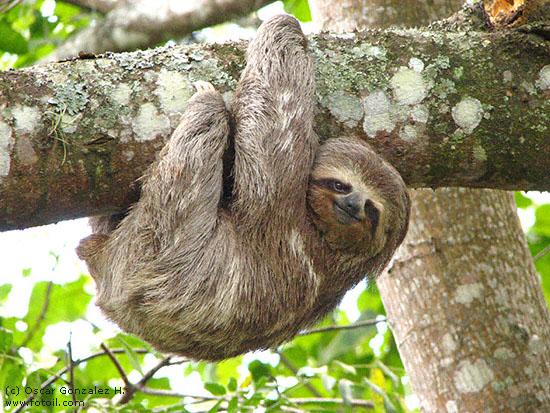I found some great information about the way Christmas is celebrated all over the world. Interesting, huh?
If you want to know more, research, it's really fun! Just be sure you have adult supervision while doing so.
Well, here is what I found out.
Christmas in Australia

Of course, in Australia, Christmas is in the middle of their summer! So, Christmas is often celebrated like the 4th of July in the United States: at the beach or with a back yard barbecue. Many Australians decorate Christmas Bushes, native plants with little red-flowered leaves.
Brazil

Again, in the Southern hemisphere, Christmas falls during the summer! Pine trees are decorated with little pieces of cotton to represent falling snow.
Britain
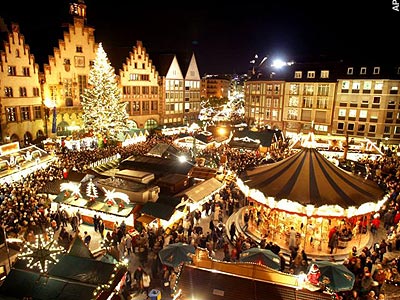
Trees: Since Henry VII deforested the land, the Norway Spruce which was replanted is the most common tree in homes in Britain.
Lights: Colored lights and wreaths are common in the High Streets and outside some homes. Gifts are left under the tree to be opened on Christmas morning. A large number of packages, even of quite small items, is preferred!
Mistletoe is still hung in doorways, usually during parties and New Years eve. This goes back to Celtic beliefs that mistletoe had the ability to heal wounds, Kissing someone under the mistletoe became popular!
Foods: The main meal on Christmas day is a turkey, ham or roast beef. Goose is quite rare. Turkey is a relatively recent addition, as turkeys are native to America and don’t do well in the English climate. Christmas pudding, Figgy pudding and plum pudding are English fruitcakes, saturated in brandy, that date back to the Middle Ages. Suet, flour, sugar, raisins, nuts, and spices are tied loosely in cloth and boiled until the ingredients are "plum," meaning they have enlarged enough to fill the cloth. Brandy is poured over it daily for weeks until it is well pickled! It is then unwrapped, sliced, and topped with cream or custard. You can feel your arteries hardening just looking at it; but it still tastes better than a fruitcake.
Caroling also started in medieval England. Wandering musicians would travel from town to town visiting castles and homes of the rich. In return for their performance, the musicians would (if they were good) receive a hot meal or money.
In both the United States and England, children hang stockings on their by a fireplace on Christmas Eve, hoping that Saint Nicholas (aka Santa Claus, St. Nick or most commonly in the UK, father Christmas) will fill it with small gifts while they sleep.
Canada

Trees: Thanks to the German settlers to Canada in the 1700’s, Canadians today still have Christmas trees!
Foods: Advent calendars, gingerbread houses, Christmas cookies are also popular. Of course, Canada has several major cultures, notably the French and English speaking groups, each of which has their own variations to Christmas traditions. Gifts are left under the tree on Christmas morning.
China
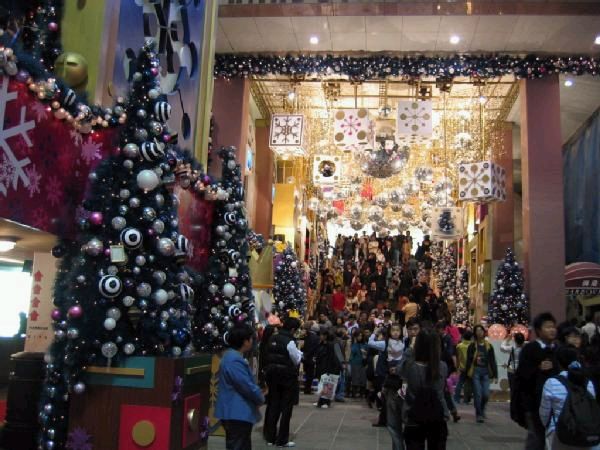
Of the small percentage of Chinese who do celebrate Christmas, most erect artificial trees decorated with spangles and paper chains, flowers and lanterns. Christmas trees are called "trees of light."
Finland

Trees: In the year 1829, a Helsinki nobleman, Barön Klinckowstrom, decorated his house (inside) with 8 Christmas trees; one of the earliest know uses of the trees. The first known outdoor Christmas tree decorated with electric lights was in the market square in the town of Pietarsaari in 1905. The city of Helsinki has had a Christmas tree in the Senate Square since 1930 and since 1954, Helsinki has donated a Christmas tree to Brussels, Belgian.
Other traditions: Finns love the sauna and many families visit the sauna on Christmas Eve. Families gather to listen to the national "Peace of Christmas" radio broadcast.
France

Trees: The French also like Christmas trees, but now quite to the extent of the Germans or English. The "yule Log" tradition stems from an ancient tradition in southern France, where some people burn a log in their homes from Christmas Eve until New Year's Day.
Germany

Germany is the source of many of the world’s Christmas traditions. Martin Luther is attributed with bringing fir trees into the home, but it is much more likely that it is a tradition assimilated from the pagan’s winter solstice tradition in the early sixteenth century, combining the Paradise tree (a fir tree decorated with apples) that represented the Tree of Knowledge in the Garden of Eden. Small candles were attached to the trees to represent the stars and the apples were replaced with red glass balls.
Guatemala
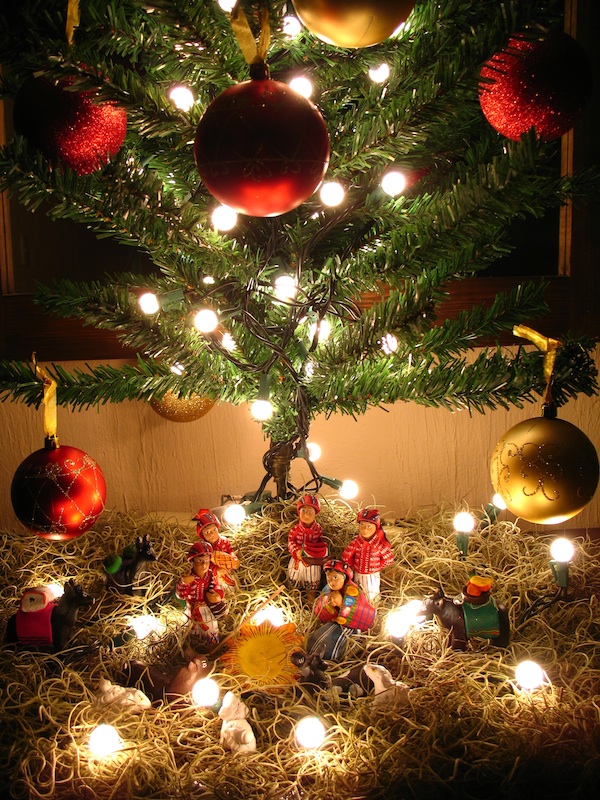
As in Mexico, the Nativity scene is the center of Christmas decorations, and thanks to the large German community, a Christmas tree has been added as an ornament. As in other countries, gifts are left under the tree on Christmas morning for the children, however, parents and adults do not exchange gifts until New Year’s Day.
Ireland

Christmas trees are brought in anytime in December and decorated with colored lights, tinsel, and other ornaments. As in America, the most popular tree toppers are the angel or the star. The house is decorated with evergreen garlands, candles, holly and ivy. Wreaths and mistletoe are hung on the door.
Italy

In Italy, as iun many Latin speaking countries, the nativity scene (presepio) is the center of decoration for Christmas. Guests kneel before it and musicians sing before it . The presepio figures are usually hand-carved and very detailed in features and dress. The scene is often set out in the shape of a triangle. It provides the base of a pyramid-like structure called the ceppo. This is a wooden frame arranged to make a pyramid several feet high. Several tiers of thin shelves are supported by this frame. It is entirely decorated with colored paper, gilt pine cones and miniature colored pennants. Small candles are fastened to the tapering sides. A star or small doll is hung at the apex of the triangular sides. The shelves above the manger scene have small gifts of fruit, candy and presents. The ceppo is in the old Tree of Light tradition which became the Christmas tree in other countries. Some houses even have a ceppo for each child in the family. Italians say Buono Natale! or "Happy Birthday" for Christmas.
Foods: a traditional Christmas bread, called Pantenone, which is light in texture and has nuts and fruit in it is very popular.
Japan

Few Japanese celebrate Christmas and for those who do, it is generally not a religious holiday. Christmas trees are decorated with small toys, dolls, paper ornaments, gold paper fans and lanterns and wind chimes. Tiny candles are also put among the tree branches. One of the most popular ornaments is the origami swan. Japanese children have exchanged thousands of folded paper "birds of peace" with young people all over the world as a pledge of peace.
Mexico





Trees: We adopted the Christmas tree from our neighbors, United States.
Other: A prominently displayed elaborate Nativity scene (el Nacimiento) is the focus of Christmas decorations in Mexico. Outdoor lights, of bright colors and often large bulbs are common. Piñatas are a must- be in all Mexican Christmas celebrations.
Poinsettias ( Noche Buena Flowers) are the Mexican gift to the world for this season.
As a side note, the name of the Poinsettia flower comes from the American minister, Joel R. Poinsett, who brought the plant from Mexico to America in 1828, where it caught on due to its coloring. After being sold in New York stores in the late 1800’s, by 1900, they caught on nationally.
As you can see, the celebrations vary but they are equally fun. happy Holidays!
Sources: http://pickyourownchristmastree.org/global.php
http://theenvironmentshow.com/wp-content/uploads/christmas-lights-15-480w.jpg
http://photos.igougo.com/images/p218413-Brazil-Main_Square_of_Sao_Joao_del_Rei_on_Christmas_Eve_Eve.jpg
http://www.english-blogs.com/wp-content/uploads/2007/12/et-xmas-frankfurt.jpg
http://www.hickerphoto.com/data/media/152/christmas-lights-display_16183.jpg
http://www.gofinland.org/wp-content/uploads/2010/10/Christmas-in-Finland.jpg
http://www.jackiechankids.com/images/Christmas_HK_5.jpg
http://farm4.static.flickr.com/3069/3048051719_52b1c760f1.jpg
http://farm4.static.flickr.com/3048/3091899450_740117a5b7_o.jpg
http://www.navidadmania.com/Navidad-en-el-Mundo/Irlanda/103229-004-08B1F75E.jpg
http://2.bp.blogspot.com/_96IvRfNy69Y/SxVxpJpCHeI/AAAAAAAAAGU/rYOKlUqGG1Y/s1600/nativity-scene-siena.jpg
http://www.gourmetgirlmagazine.com/08/12/images/image.jpg
http://www.mumbaikar.com/en/media/get/20091223_mexico.jpg
http://ciudadmexico.com.mx/images/fiestas/navidad/bazar_navidad.JPG
http://mexicoquierealemania.files.wordpress.com/2008/10/nacimiento.jpg
http://viajandoandamos.files.wordpress.com/2009/12/20122009344.jpg
http://www.elalmanaque.com/Dic08/fotos/posadas.JPG
http://www.viajejet.com/wp-content/viajes/cena-navidena-peru.jpg




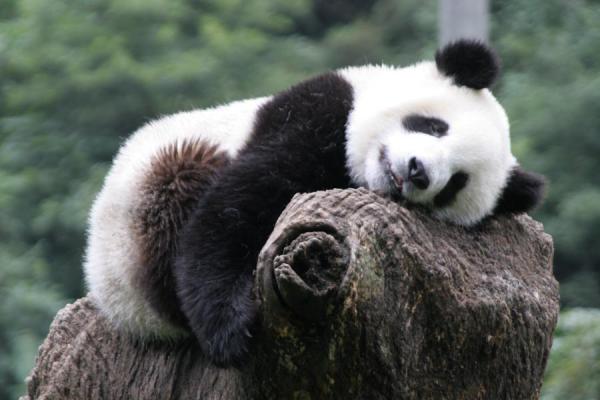




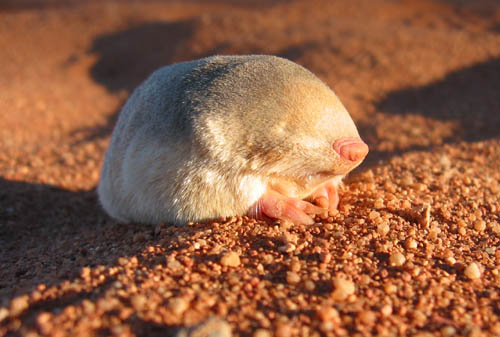
.jpg/175px-BrownSpiderMonkey_(edit2).jpg)




